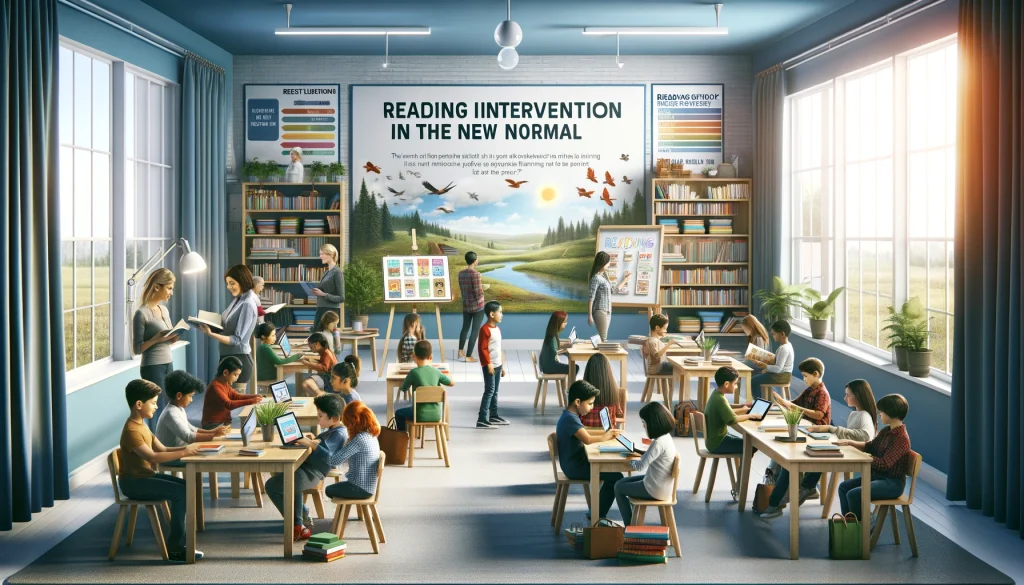
Introduction to Reading Intervention
Reading intervention has become more crucial than ever in the new normal. With the shift to remote learning, many students have faced challenges in maintaining their reading skills. Reading intervention aims to support these students by providing targeted instruction to improve their reading abilities.
The objective of Reading Intervention
The primary objective of reading intervention is to help students develop strong reading skills. This includes improving their phonemic awareness, decoding skills, fluency, comprehension, and vocabulary. By addressing these areas, reading intervention helps students become confident and proficient readers.
The Big 5 of Reading Intervention Strategies
- Phonemic Awareness: Teaching students to recognize and manipulate the sounds in words.
- Phonics: Helping students understand the relationship between letters and sounds to decode words.
- Fluency: Developing students’ ability to read with speed, accuracy, and proper expression.
- Vocabulary: Expanding students’ vocabulary to improve their understanding of texts.
- Comprehension: Teaching strategies to understand and interpret what they read.
Role of Reading Intervention
Reading intervention plays a vital role in helping struggling readers catch up to their peers. It provides personalized instruction that addresses each student’s specific needs. Reading interventionists work closely with students to monitor their progress and adjust strategies as needed.
Sample Narrative Report on Reading Intervention in the New Normal
In the new normal, reading intervention has adapted to remote and hybrid learning environments. Teachers use online platforms to deliver instruction and assess students’ progress. They employ a variety of digital tools and resources to engage students and support their reading development.
Reading intervention is essential for supporting students who face reading challenges. In the new normal, it has adapted to continue providing effective support. By focusing on the big 5 of reading intervention strategies and using digital tools, educators can help students improve their reading skills and succeed academically.
If you found this article helpful, visit Quillbotai Online for more insightful content on education and learning strategies.

Expert in Narrative and Reading, I make learning easy and enjoyable. Discover the joy of words at Free QuillBot AI Learning Hub.